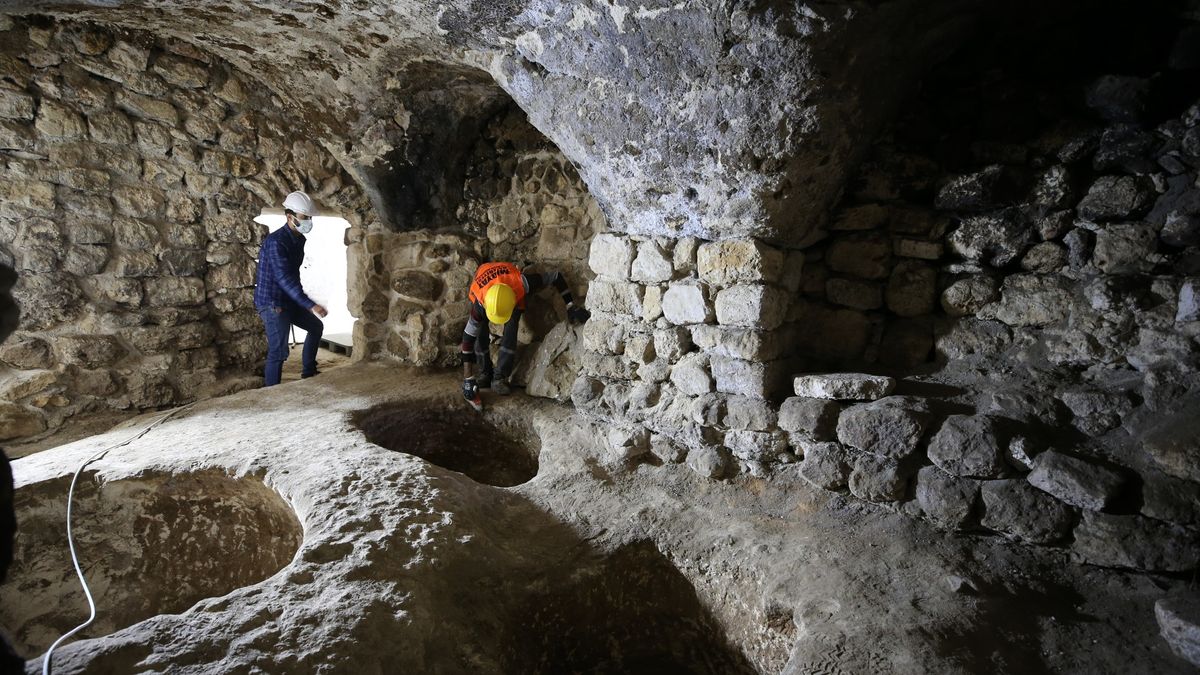
Archaeologists in Southern Mexico have discovered a complex network of chambers and corridors that serve as a ‘gateway’ to the underworld beneath an ancient church. They did this using cutting-edge modern technology and equipment. The labyrinth was found at the Mitla site, a significant Zapotec-related archaeological site in the state of Oaxaca. Before the Spanish arrived in 1521, the Zapotecs had lived in the area for more than 2,200 years. The Association for Archaeological Research and Exploration, the National Autonomous University of Mexico (UNAM), the Mexican National Institute of History and Anthropology (INAH), and the ARX Project collaborated to make the find.
The Catholic church was constructed in the area after missionaries arrived, and it hides the entrance to the now-mapped forbidding underground system
The three main scanning techniques employed by the researchers to precisely pinpoint the subsurface structures were electrical resistivity tomography, ground-penetrating radar, and seismic noise tomography. The crew was able to create a thorough map of what was 5-8 meters (16-26 feet) beneath the surface of the church after gathering the data and analyzing it. The Catholic church was constructed in the area after missionaries arrived, and it hides the entrance to the now-mapped forbidding underground system. The Zapotecs, in particular, were ardent believers in the afterlife. They practiced rituals, notably when someone passed away, and were polytheistic.
Experts claim that when the Zapotecs erected the structures below, they intended for use as a religious temple called Lyobaa, or the “place of rest.” It was thought that the ruin served as a gateway to the afterlife. The church’s main altar was obliged to be covered in order to keep “satan” away because it is believed that the entrance to the underground passages may be beneath it. The missionaries who constructed the church over it recorded that they had in fact sealed the Lyobaa’s entrance.
“In 1674, Dominican father Francisco de Burgoa described the exploration of the Mitla ruins and their subterranean chambers by a group of Spanish missionaries. Burgoa’s account describes an expansive subterranean temple consisting of interconnected chambers, housing the tombs of high priests and kings of Teozapotlán,” the ARX Project noted in a statement. According to the archaeologists, their research on the finds has only just begun. Project Lyobaa’s diverse team of 15 experts has more scans and studies in the region planned for the next years.


